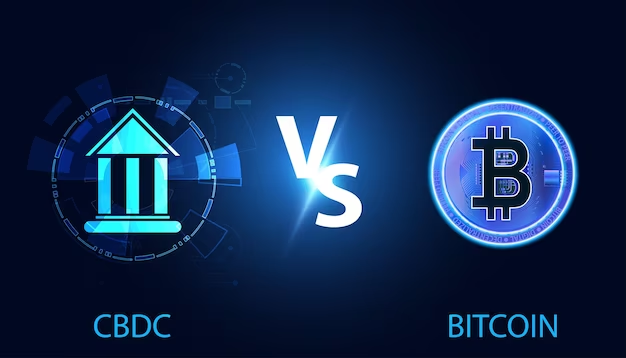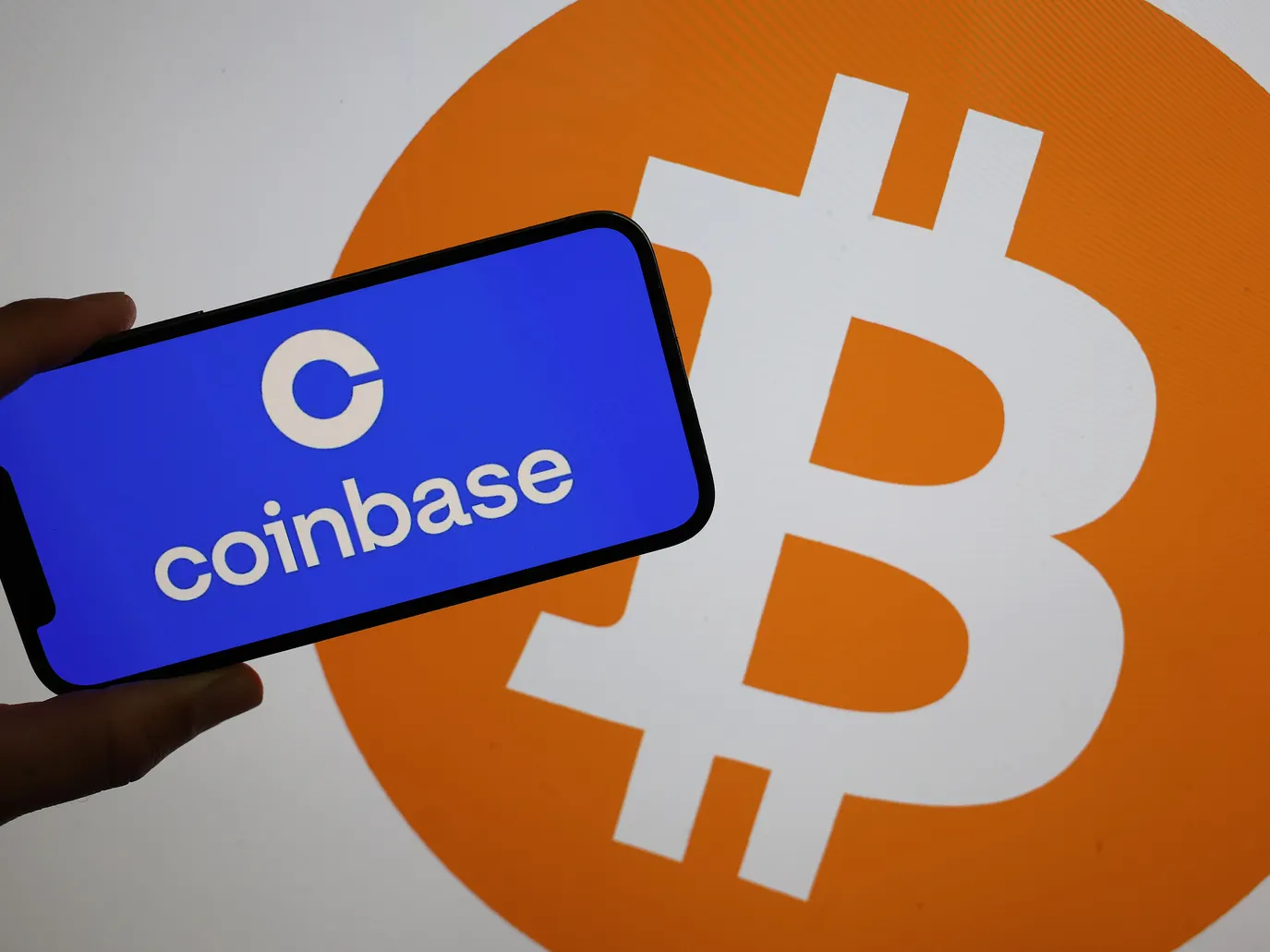Introduction
The advent of Bitcoin marked the beginning of a financial revolution, introducing the world to the possibilities of decentralized digital currencies. As the first cryptocurrency, Bitcoin paved the way for numerous innovations in blockchain technology. Among these innovations is Web3, a decentralized web that aims to transform how we interact with the internet. But how do Bitcoin and Web3 align or clash with each other? Let’s delve into the intricate relationship between these two pivotal concepts.
Exploring Web 3.0 and The Future of the Blockchain Market
Understanding Bitcoin’s Core Principles
Bitcoin, created by the pseudonymous Satoshi Nakamoto in 2008, is fundamentally a decentralized digital currency that operates on a peer-to-peer network. Its core principles include:
- Decentralization: Bitcoin transactions are verified by a distributed network of nodes, eliminating the need for a central authority.
- Transparency: The blockchain ledger is public and immutable, allowing anyone to view the transaction history.
- Security: Bitcoin employs robust cryptographic techniques to secure transactions and the network.
- Scarcity: Bitcoin’s supply is capped at 21 million coins, introducing a digital form of scarcity.
How To Understand The First Principles Of Crypto
The Vision of Web3
Web3, or the decentralized web, is an evolution of the internet that aims to decentralize control and empower users. Key elements of Web3 include:
- Decentralized Applications (dApps): Applications that run on blockchain networks, providing increased security and transparency.
- Smart Contracts: Self-executing contracts with the terms directly written into code, enabling trustless and automated transactions.
- Tokenization: The representation of assets or utilities as tokens on a blockchain, facilitating new economic models and ecosystems.
- Interoperability: The ability of different blockchain networks to communicate and operate seamlessly together.
Synergies Between Bitcoin and Web3
Bitcoin and Web3 share several philosophical and technological synergies:
- Decentralization: Both Bitcoin and Web3 strive to remove intermediaries and central points of control. This alignment in principles fosters a mutual vision of a decentralized future.
- Security and Transparency: The blockchain technology underpinning both Bitcoin and Web3 ensures secure and transparent transactions, enhancing trust among users.
- Empowerment: By enabling peer-to-peer interactions and ownership of digital assets, Bitcoin and Web3 empower individuals over centralized institutions.
Blockchain Mine Web3: Unraveling the Synergy and Future Prospects
Points of Tension
Despite their synergies, Bitcoin and Web3 have areas of divergence:
- Focus and Functionality: Bitcoin is primarily a digital currency and store of value, while Web3 encompasses a broader range of applications, including decentralized finance (DeFi), gaming, and content sharing. This difference in scope can lead to contrasting priorities.
- Technology Stack: Bitcoin operates on its own blockchain with a specific focus on security and stability. In contrast, many Web3 applications are built on platforms like Ethereum, which offer more flexibility and functionality through smart contracts.
- Community and Ideology: The Bitcoin community is often more conservative, prioritizing security and decentralization over rapid innovation. In contrast, the Web3 community is more experimental, embracing new technologies and use cases.
Bridging the Gap
The relationship between Bitcoin and Web3 is not purely antagonistic; instead, there are efforts to bridge the gap and harness the strengths of both:
- Layer 2 Solutions: Technologies like the Lightning Network aim to enhance Bitcoin’s scalability and transaction speed, making it more adaptable for Web3 applications.
- Cross-Chain Protocols: Projects like Polkadot and Cosmos are working on enabling interoperability between different blockchains, including Bitcoin, to create a more cohesive decentralized ecosystem.
- Innovation in Bitcoin: Emerging protocols like RSK (Rootstock) are bringing smart contract functionality to Bitcoin, potentially expanding its role within the Web3 landscape.
Bridging the Gap: How Web2 Brands Are Venturing into Web3
Conclusion
The relationship between Bitcoin and Web3 is complex, marked by both synergies and tensions. As the decentralized web continues to evolve, understanding these dynamics will be crucial for navigating the future of blockchain technology. Whether you are a Bitcoin enthusiast or a Web3 advocate, embracing the strengths and addressing the challenges of both will be key to fostering a more decentralized and inclusive digital world.




















